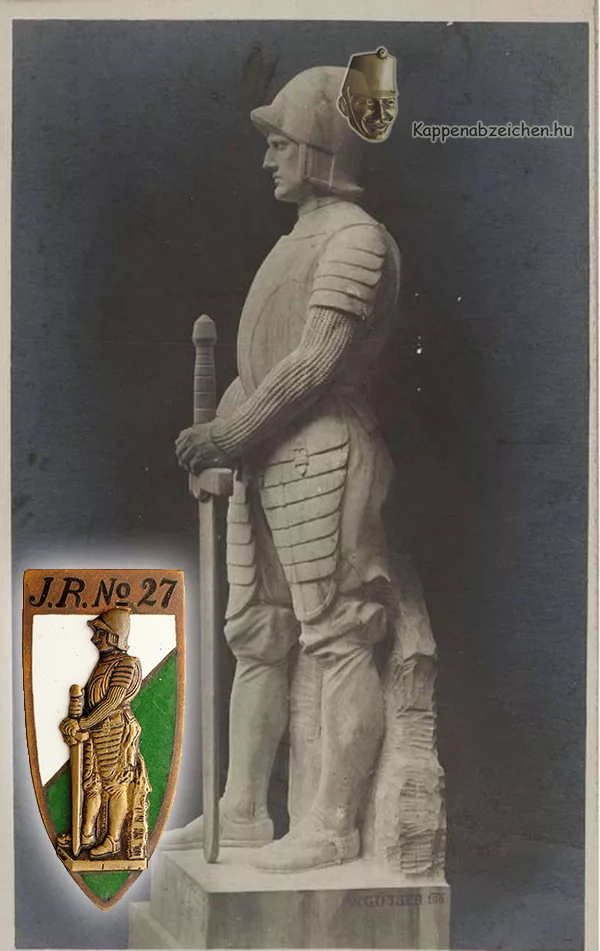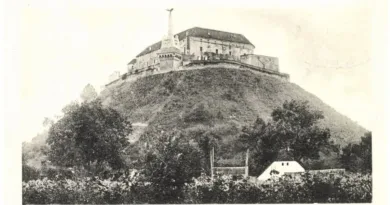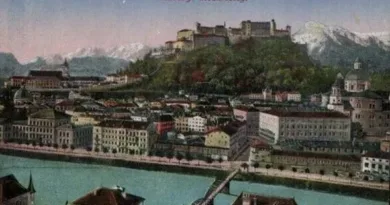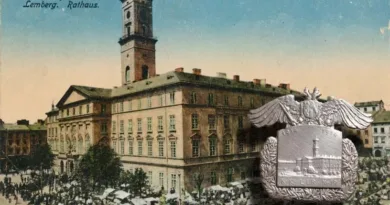Graz: War nailing
Kriegsnagelung (mirror translation: war nailing) was a common form of fundraising during the Great War. In early 1915, the first wooden statues were made, into which steel nails purchased for donations could be hammered (hence the name). With the steel nails, the statue was transformed and became “Iron Székely” (Székelyudvarhely), “Iron Turul” (Nyitra), “Iron Guard” (Wehrmann im Eisen, Vienna). According to a summary study on the subject, such statues were erected in an extremely large number of settlements in the former German Empire and the Austro-Hungarian Monarchy. Some of these have survived in their original form and are now kept in museums.

Interestingly, a statue depicting a Skoda mortar was even erected in Istanbul in memory of the three Entente warships sunk in the Dardanelles. (It is another matter that the Skoda mortars only arrived in the last days of the battle, and the three ships sank after hitting mines in the early stages of the conflict.) The same source also knows about a statue erected in San Francisco! Each district of Vienna had its own statue.
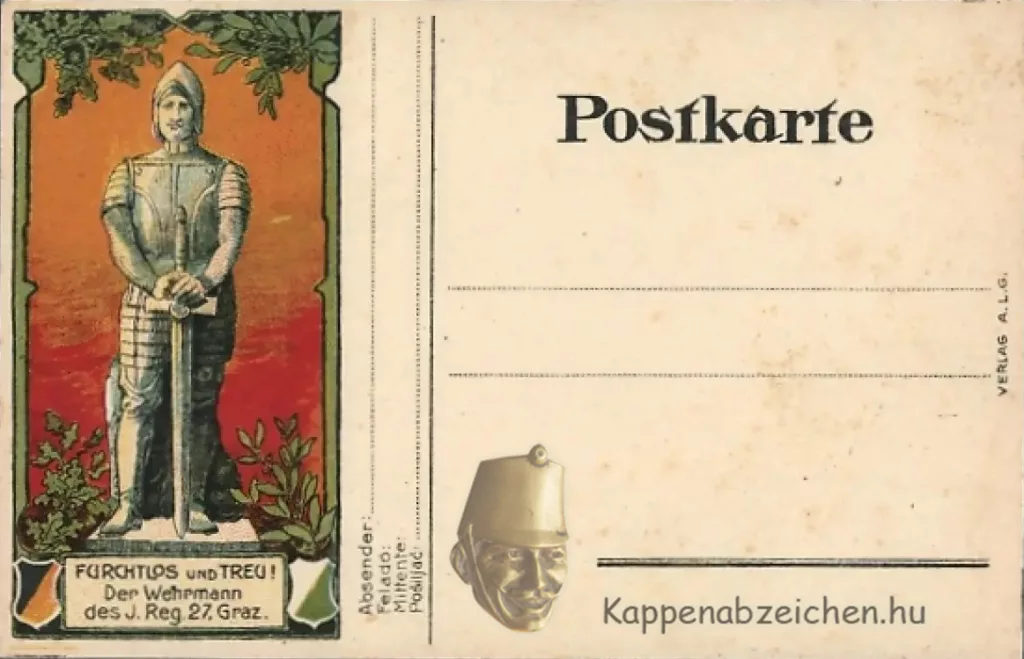
According to the sources, there were two statues in the city of Graz. One was erected by the public office of the province (Styria), the other by the disabled foundation of the most famous regiment of the province, the 27th Regiment of Graz. The latter is the subject of this entry, since the statue is also featured on the badge of the 27th. According to the sources, the statue was made by the sculptor Wihelm Gösser and was erected on August 15, 1916 in the Dominican barracks in Graz. It is still there today, preserved in the museum of the city’s garrison on the Schloßberg. Several postcards were issued with the image of the statue, also for fundraising purposes.
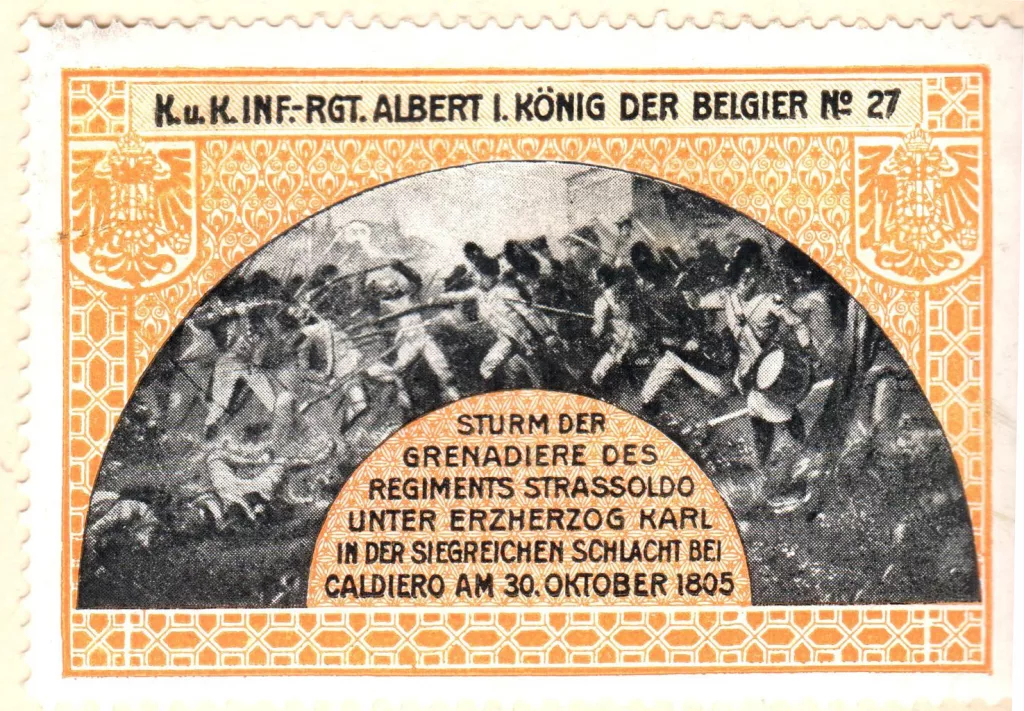
As an addition, I am uploading the regiment’s letter seal, which I believe was made before the Great War.

